Haloalkane
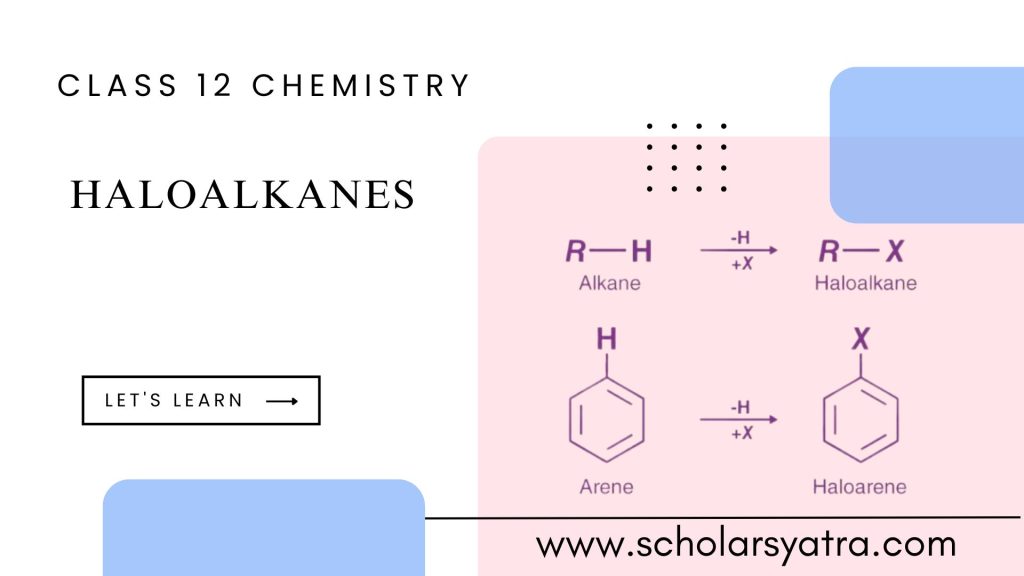
Haloalkane/Haloalkanes, also known as alkyl halides, is a significant class of organic compounds in chemistry. They are derived from alkanes (saturated hydrocarbons) by replacing one or more hydrogen atoms with a halogen atom. The study of haloalkanes is essential due to their presence in various chemical processes, synthetic applications, and industrial uses. What is a […]
The Cell cycle and Cell division
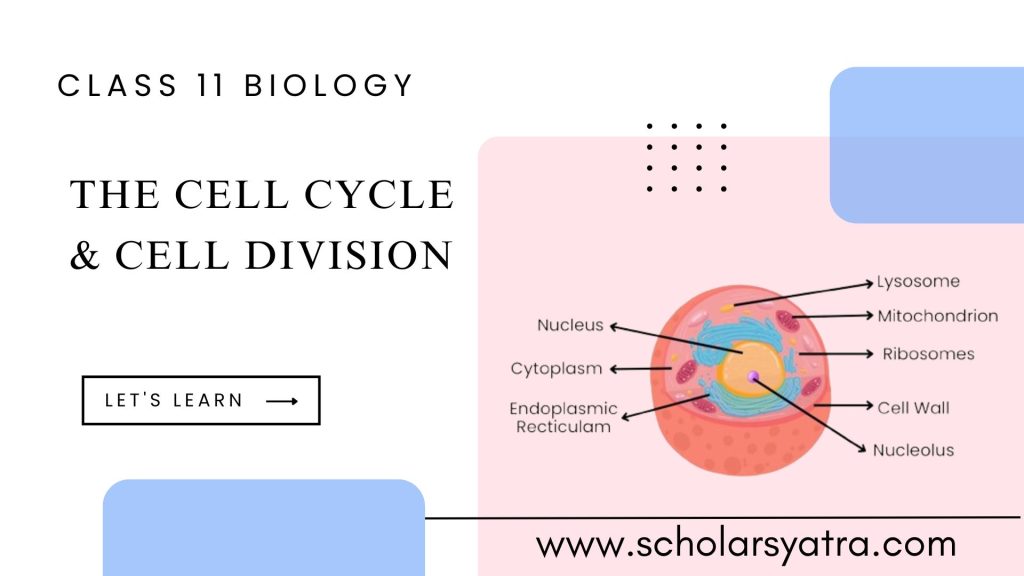
Explore the cell cycle and cell division, which are two related topics, providing a deep concept of the cell cycle and cell division for biology scholars. Cell Cycle and cell division notes discuss the processes of cell cycle regulation and cell division, fundamental to the growth, development, and reproduction of organisms. The chapter highlights the […]
What Are Antibiotics? In-depth insights

Do you ever know the depth insights, into what are antibiotics in actual life? Antibiotics are powerful medications designed to combat bacterial infections. Discovered in the early 20th century, antibiotics have revolutionized modern medicine, making it possible to treat bacterial infections that were once fatal. Let’s guys, have a look at this overview of antibiotics. […]
Pointers in C

Master pointers in C programming with this in-depth guide for IT scholars. Learn about pointer basics, pointer arithmetic, dynamic memory allocation, and advanced pointer applications for efficient and optimized coding. Perfect for students and developers looking to deepen their understanding of memory management in C. What is a Pointer? A pointer is a variable that […]
Cell the Basic Unit of Life
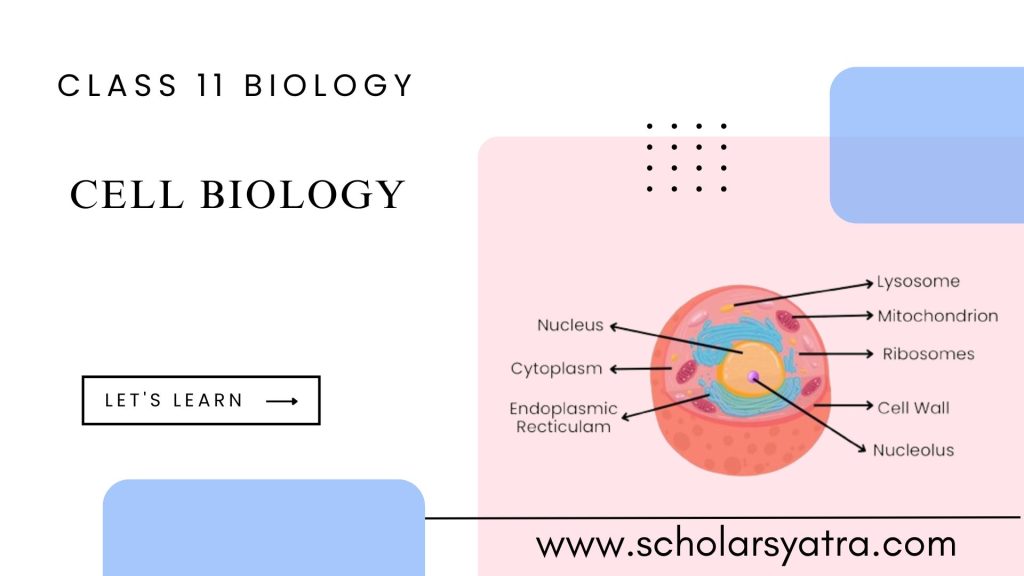
A cell is the basic structural and functional unit of life, capable of performing all the processes necessary for life. The cell is often described as the basic unit of life—every living organism, whether a tiny bacterium or a massive tree, is made up of cells. Cells are capable of performing all necessary functions for […]
Structure and Union in C

In C programming, structure and union in c are user-defined data types that allow us to group variables of different types. They help to manage complex data efficiently and are foundational concepts for system programming, handling data, and creating more structured code. What is Structure in C? Definition of Structure in c A structure is a user-defined […]
What is Benzene? Understanding its Structure, Properties, and Uses
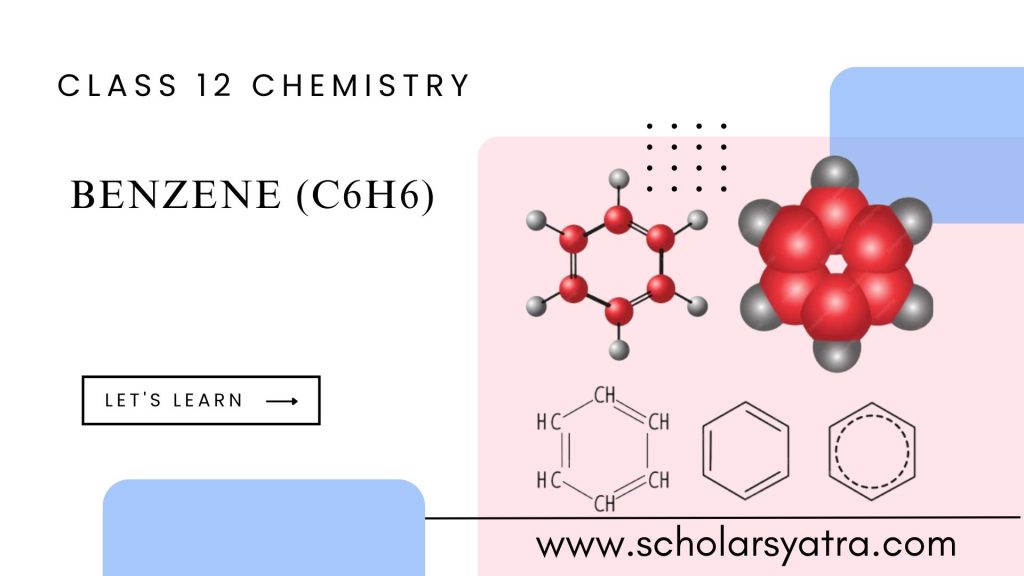
Learn about benzene, its unique aromatic structure, physical and chemical properties, and applications across industries like plastics, chemicals, and pharmaceuticals. Understand benzene’s health risks and safety precautions.
Functions in C Programming

In C programming, functions play a crucial role in organizing and structuring code. The fundamental functions in c programming allow programmers to break complex problems into smaller, manageable pieces by grouping statements together, enhancing code reusability, and simplifying debugging. A function is a block of code that performs a specific task when called. C provides […]
Biomolecules- Carbohydrates, Proteins, Lipids, & Amino acids
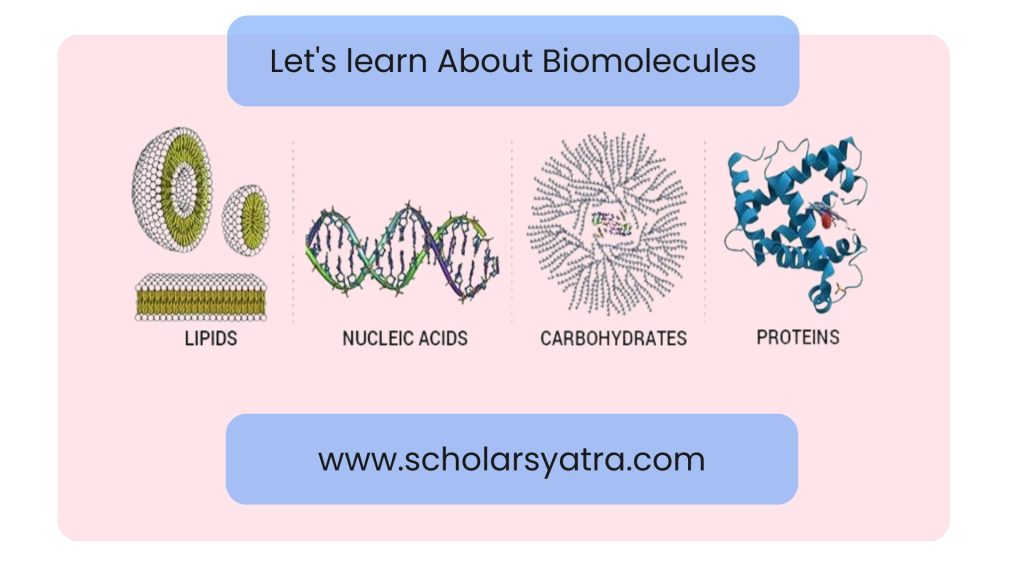
Biomolecules are the essential compounds that sustain life, playing a vital role in the structure, function, and regulation of cells and organisms. These organic molecules, which include carbohydrates, proteins, lipids, and nucleic acids, are fundamental to all biological processes. From providing energy to building cellular structures and storing genetic information, biomolecules are inseparable blocks to […]
Arrays in C Programming

In C programming, an array is a data structure that allows you to store multiple values of the same type in a single variable. Arrays are useful when working with elements such as numbers, characters, or other data types. Rather than creating individual variables for each element, you can store them in a single array. […]
